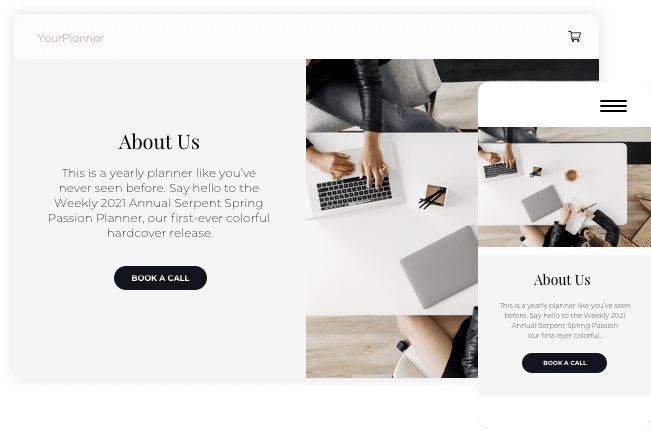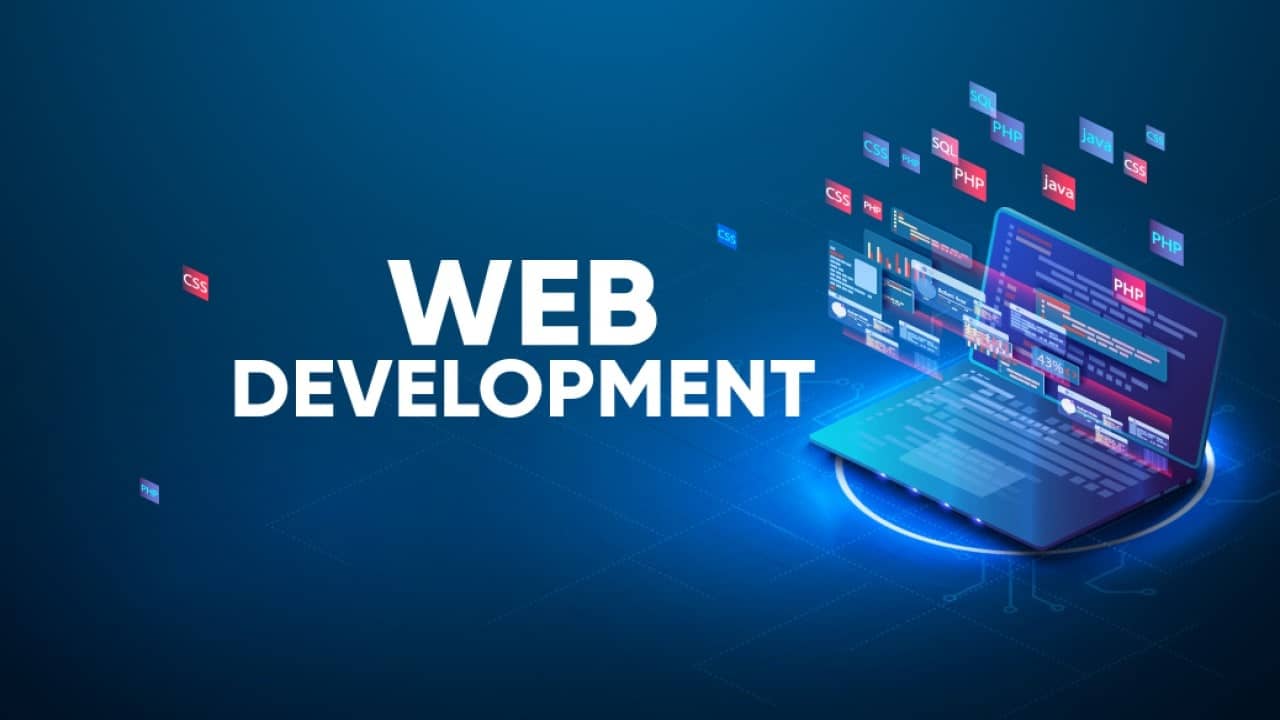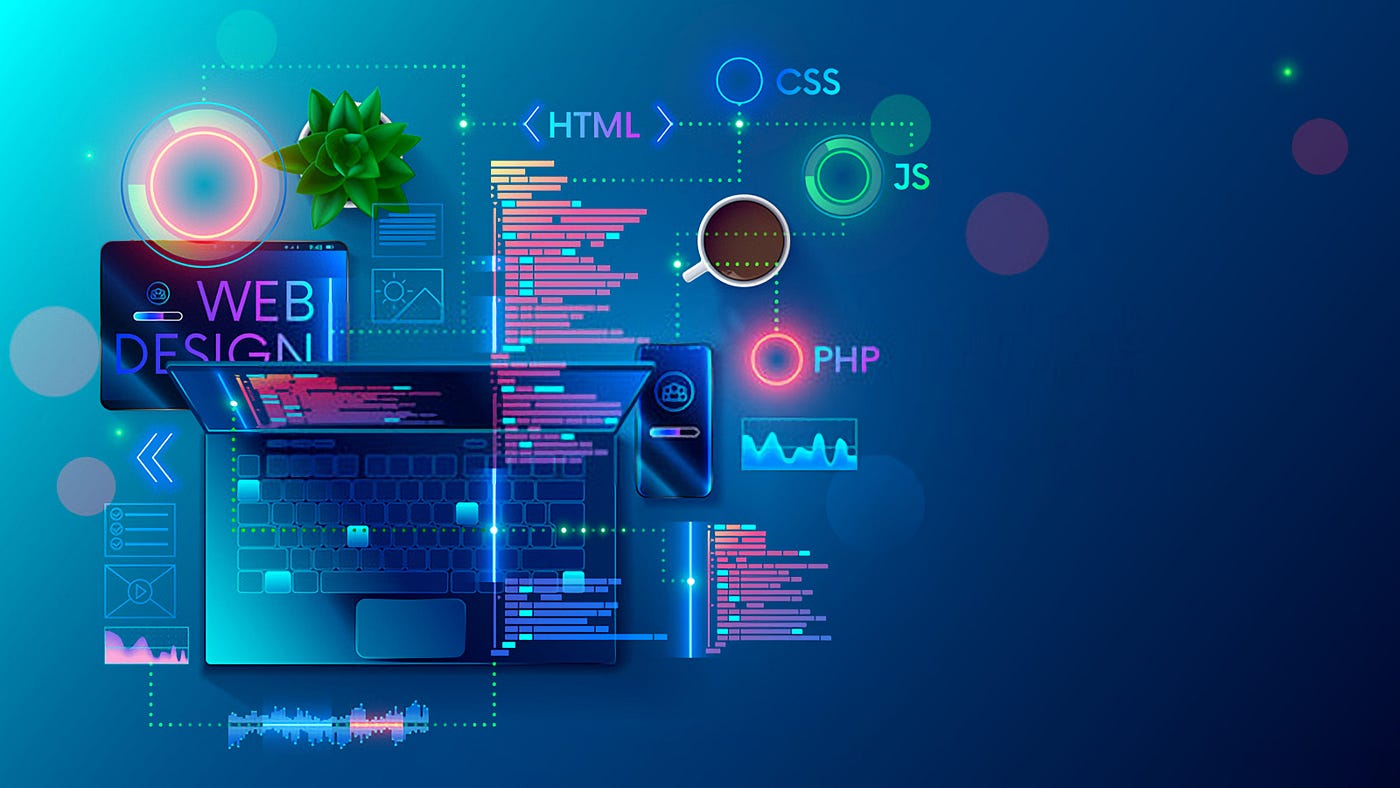Drive Results with Innovative Web Design Services Designed for Success
Drive Results with Innovative Web Design Services Designed for Success
Blog Article
Explore the Different Types of Website Design Solutions for Your Special Demands
From receptive web layout that adapts to different tools, to e-commerce internet design that drives on the internet sales, to customer experience (UX) design that improves consumer fulfillment, to personalized web style that brings your vision to life-- the opportunities are unlimited. Whether you're a little organization owner looking to establish an on-line presence or an entrepreneur intending to change the mobile app globe, this conversation will certainly shed light on the different types of internet layout solutions available, assisting you make an enlightened choice that aligns with your goals.
Responsive Website Design
Receptive internet layout is an essential element of modern-day internet growth that ensures websites adapt and show effortlessly throughout various gadgets and display dimensions. With the boosting usage of smart devices, tablet computers, and various other mobile tools, it has actually become essential for sites to be easy to use and available on any type of screen.
Responsive website design uses a mix of adaptable grids, formats, pictures, and CSS media inquiries to accomplish this adaptability. It allows the website to automatically readjust its format and material based on the device's display dimension, positioning, and resolution (web design agency). This implies that users can access the internet site on their computer, laptop computers, tablet computers, or smartphones without encountering any kind of problems or having to focus or out to watch the material correctly

E-commerce Website Design

With the enhancing need for online buying, organizations are now focusing on ecommerce website design to produce straightforward and aesthetically appealing websites that drive sales and improve the client purchasing experience. E-commerce web style includes different facets such as design, navigation, product display screen, and check out procedure optimization. These elements are important for bring in and preserving customers, as well as enhancing conversion rates.
An efficient ecommerce website design begins with an efficient format that permits customers to conveniently find the solutions or items they are looking for. Intuitive and clear navigation menus, search bars, and filtering system alternatives are essential for a seamless surfing experience. In addition, the item display screen must showcase top notch pictures, in-depth descriptions, and customer reviews to construct trust fund and self-confidence in the item.
Additionally, the checkout process need to be maximized for simplicity and benefit. A safe and secure and structured repayment gateway, in addition to numerous repayment options, ensures a smooth purchase for the client. Additionally, including attributes such as guest check out, order monitoring, and customized recommendations can boost the general purchasing experience.
Individual Experience (UX) Design
Individual Experience (UX) Design plays an essential role in developing interesting and easy to use internet sites that focus on the requirements and preferences of the target market. It includes developing and improving the total experience that individuals have when interacting with an internet site or application. UX developers aim to boost individual complete satisfaction by boosting the functionality, accessibility, and performance of the site.

UX designers concentrate on developing intuitive navigation, clear and succinct content, and aesthetically attractive user interfaces. They make certain that the website is simple to browse and recognize, making sure a enjoyable and seamless individual experience.
In enhancement to boosting use, UX design also considers the emotional element of individual experience. Developers intend to stimulate favorable feelings via aesthetic components, such as shades, typography, and images, which add to the total customer satisfaction.
Custom Website Design
Customized website design involves creating tailor-made and unique websites that are specifically designed to fulfill the specific demands and demands of a company or company. Unlike pre-designed design templates or common internet site layouts, personalized internet style provides a customized method that reflects the brand name identification, values, and goals of the customer.
With personalized website design, every aspect of the internet site is meticulously crafted to line up with the client's objectives. This consists of the design, color pattern, typography, pictures, and overall customer experience. The style process starts with a complete understanding of the client's business and target market, enabling the web developer to develop an internet site that successfully communicates the customer's message and involves users.
Among the essential benefits of custom-made website design is its flexibility. As the internet site is developed from scrape, the web developer has total control over its capability and functions. This makes it possible for the combination of any kind of preferred modifications, such as ecommerce capability, content monitoring systems, or interactive elements.
In addition, custom internet layout guarantees that the internet site is optimized for internet search engine, making it more noticeable to possible customers. By carrying out SEO best methods, such as correct keyword placement and meta tags, the web site can attain higher rankings in online search engine outcomes.
Mobile App Style
Mobile application layout involves creating visually appealing and easy to use user interfaces for applications that are especially designed for smart phones. With the boosting appeal of tablets and mobile phones, mobile app style has actually come to be a crucial aspect of digital product development.

Aesthetic charm is also vital in mobile application layout. The usage of colors, typography, and images can develop a visually pleasing interface that records the customer's interest and enhances their total experience. In addition, integrating brand components and preserving consistency with the company's aesthetic identity can aid develop a strong brand name existence within the app.
Mobile application design additionally includes considering numerous technological aspects, such as tool compatibility, performance, and responsiveness optimization - web design company. It is necessary to guarantee that the application works seamlessly throughout different devices and running systems, providing a regular experience to all users
Verdict
Receptive web style makes sure a smooth experience across different devices, while ecommerce web style focuses on creating on the internet buying platforms. Customized web design provides tailored solutions to meet specific requirements, while mobile app layout concentrates on developing straightforward mobile applications.
From receptive web design that adapts to various tools, to shopping web design that drives online sales, to user experience (UX) layout that boosts client fulfillment, to customized web layout that brings your vision to life-- the opportunities are limitless.An efficient e-commerce internet style starts with a well-organized format that enables users to conveniently locate the products or services they are looking for. The design procedure begins with a comprehensive understanding of the client's organization and target audience, enabling the web developer to establish a website that properly interacts the client's message and involves users.
Receptive web layout makes sure a seamless experience throughout different tools, while ecommerce internet style concentrates on producing online buying platforms. Custom-made web layout provides customized services website design agency to fulfill particular needs, while mobile app layout focuses on producing user-friendly mobile applications.
Report this page